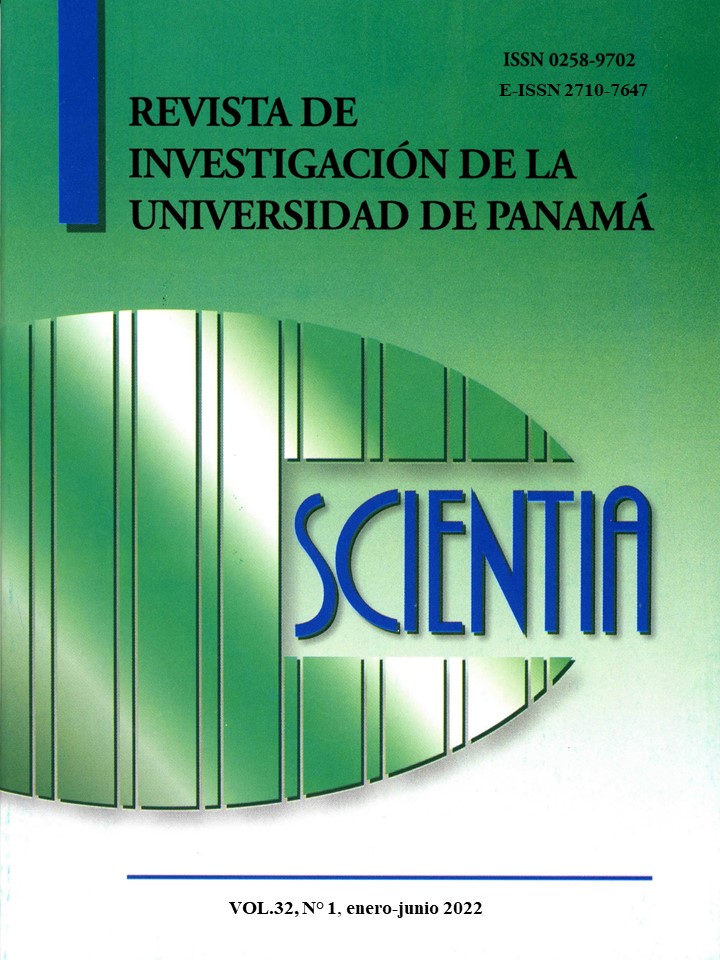References
Backovi?, D. V, Živojinovi?, J. I., Maksimovi?, J., y Maksimovi?, M. (2012). Gender differences in academic stress and burnout among medical students in final years of education. Psychiatria Danubina, 24(2):175-81.
Bakar, R. (2014). the Effect of Learning Motivation on Student’s productive competencies in vocational high school, West Sumatra. International Journal of Asian Social Science, 4(6): 2226–5139.
Bolarinwa, O. (2015). Principles and methods of validity and reliability testing of questionnaires used in social and health science researches. Nigerian Postgraduate Medical Journal, 22(4): 195. https://doi.org/10.4103/1117-1936.173959
Boone, H. N., y Boone, D. A. (2012). Analyzing Likert Data. Journal of Extension 50(2): 1–5.
Bourgeois, E. (2009). Apprentissage et transformation du sujet en formation. Education Permanente, 3(136): 101–110.
Carifio, J., y Perla, R. (2008). Resolving the 50-year debate around using and misusing Likert scales. Medical Edu-cation, 42(12): 1150–1152. https://doi.org/10.1111/j.1365-2923.2008.03172.x
Croasmun, J. T., y Ostrom, L. (2011). Using Likert-type scales in the social sciences. Journal of Adult Education, 40(1: 19–22.
Devlin, S. J., Dong, H. K., y Brown, M. (1993). Selecting a Scale for Measuring Quality. Marketing Research, 15(3): 13–16.
Etobro, A. B., y Fabinu, O. E. (2017). Students’ perceptions of difficult concepts in biology in senior secondary schools in Lagos state. Global Journal of Educational Research, 16(2): 139. https://doi.org/10.4314/gjedr.v16i2.8
González, E., y Ivanovich, V. (2005). La biofísica, ¿ciencia básica o aplicada? Elementos: Ciencia y Cultura, 12: 47–49.
González, S., y Recino, U. (2015). Aprendizaje estratégico en la solución de problemas docentes en estudiantes de Medicina: dimensiones e indicadores. Educación Médica, 16(4): 212–217.
Haddad, J. (2010). Problemas de los Estudiantes de Medicina. Colegiomedico.Hn, 34, 2–6. https://www.revistamedicahondurena.hn/assets/Uploads/Vol34-4-1966-8.pdf
Hall, S., Stephens, J., Parton, W., Myers, M., Harrison, C., Elmansouri, A., Lowry, A., y Border, S. (2018). Identifying Medical Student Perceptions on the Difficulty of Learning Different Topics of the Undergraduate Anatomy Curric-ulum. Medical Science Educator, 28(3): 469–472. https://doi.org/10.1007/s40670-018-0572-z
Hartley, J. (2014). Some thoughts on Likert-type scales. International Journal of Clinical and Health Psychology, 14(1): 83–86. https://doi.org/10.1016/S1697-2600(14)70040-7
Hellriegel, D., y Slocum, J. (2009). Comportamiento Organizacional (12th ed.). CENCAGE.
JHU. (2021). Biophysics undergraduate Requiremets. John Hopkins University. https://biophysics.jhu.edu/undergraduate/requirements/
Joshi, A., Kale, S., Chandel, S., y Pal, D. (2015). Likert Scale: Explored and Explained. British Journal of Applied Science and Technology, 7(4): 396–403. https://doi.org/10.9734/bjast/2015/14975
Kirk, S. A., y Bateman, B. (1962). Diagnosis and Remediation of Learning Disabilities. Exceptional Children: 73–78. https://doi.org/10.5112/jjlp.36.315
Kleebbua, C., y Siriparp, T. (2016). Effects of Education and Attitude on Essential Learning Outcomes. Procedia - Social and Behavioral Sciences, 217: 941–949. https://doi.org/10.1016/j.sbspro.2016.02.061
Knapp, T. R. (1993). Treating Ordinal Scales as Ordinal Scales. Nursing Research, 42(3): 184-188. https://doi.org/10.1097/00006199-199305000-00011
López-Aguado, M., y Gutiérrez-Provecho, L. (2019). Cómo realizar e interpretar un análisis factorial exploratorio utilizando SPSS. REIRE Revista d’Innovació i Recerca En Educació, 12 (2): 1–14. https://doi.org/10.1344/reire2019.12.227057
Michael, J. (2007). What makes physiology hard for students to learn? Results of a faculty survey. American Journal of Physiology - Advances in Physiology Education, 31(1): 34–40. https://doi.org/10.1152/advan.00057.2006
Mircioiu, C., y Atkinson, J. (2017). A Comparison of Parametric and Non-Parametric Methods Applied to a Likert Scale.
Pharmacy, 5(4): 26. https://doi.org/10.3390/pharmacy5020026
O’Dwyer, A., y Childs, P. E. (2017). Who says organic chemistry is difficult? Exploring perspectives and percep-tions. Eurasia Journal of Mathematics, Science and Technology Education, 13(7): 3599–3620. https://doi.org/10.12973/eurasia.2017.00748a
Ocaña, T., Peréz, M., y Quijano, R. (2013). Elaboración y Validación de una escala de creencias de los alimonos de educación secundaria obligatoria. Profesorado, 17(1): 431–454.
Ornek, F., Robinson, W., y Haugan, M. (2007). What Makes Physics Difficult. Science Education International, 18(3), 165–172.
Pérez, E. R., y Medrano, L. (2010). Análisis factorial exploratorio: Bases conceptuales y metodológicas. Revista Ar-gentina de Ciencias Del Comportamiento, 2(1889): 58–66.
Shah, M., Hasan, S., Malik, S., y Sreeramareddy, C. T. (2010). Perceived stress, sources and severity of stress among medical undergraduates in a Pakistani medical school. BMC Medical Education, 10(1). https://doi.org/10.1186/1472-6920-10-2
Shahzad, A. (2012). Impact of Self Esteem and Support on Student Performance. Management y Marketing, 10 (2): 352–358.
Sullivan, G. M., y Artino, A. R. (2013). Analyzing and Interpreting Data from Likert-Type Scales. Journal of Gradu-ate Medical Education, 5(4): 541–542. https://doi.org/10.4300/jgme-5-4-18
Tokan, M. K., y Imakulata, M. M. (2019). The effect of motivation and learning behaviour on student achievement. South African Journal of Education, 39(1). https://doi.org/10.15700/saje.v39n1a1510
Uriel, E., y Aldás, J. (2002). Análisis multivariante aplicado. In Madrid: Thomson Editores.
Wu, H., y Leung, S. O. (2017). Can Likert Scales Be Treated as Interval Scales? —A Simulation Study. Journal of So-cial Service Research, 43(4): 527–532. https://doi.org/10.1080/01488376.2017.1329775
Wu, M., y Adams, R. J. (2007). Developing Tests from IRT Perspectives – Construct and Framework. In E. M. Solu-tion (Ed.), Applying the Rasch model to psycho-social measurement: A practical approach. (pp. 19–23). Springer Sigapure.
Young, J. P. (2020). Fundamentos de Biofísica. Universidad de Panamá. 265 pp.
Youngstrom, E. A., Glutiing, J. J., y Watkins, M. W. (2003). Stanford-Binet intelligence scale: Fourth Edition (SB4): Evaluating the empirical bases for interpretations. En C. R. Reynolds & R. W. Kamphaus (Eds.), Handbook of psy-chological and educational assessment of children: Intelligence, aptitude, and achievement. (pp. 217-242). New York, Gilford.
Zittoun, T. (2004). Symbolic competencies for developmental transitions: The case of the choice of first names. Cul-ture and Psychology, 10(2): 131–161. https://doi.org/10.1177/1354067X04040926

